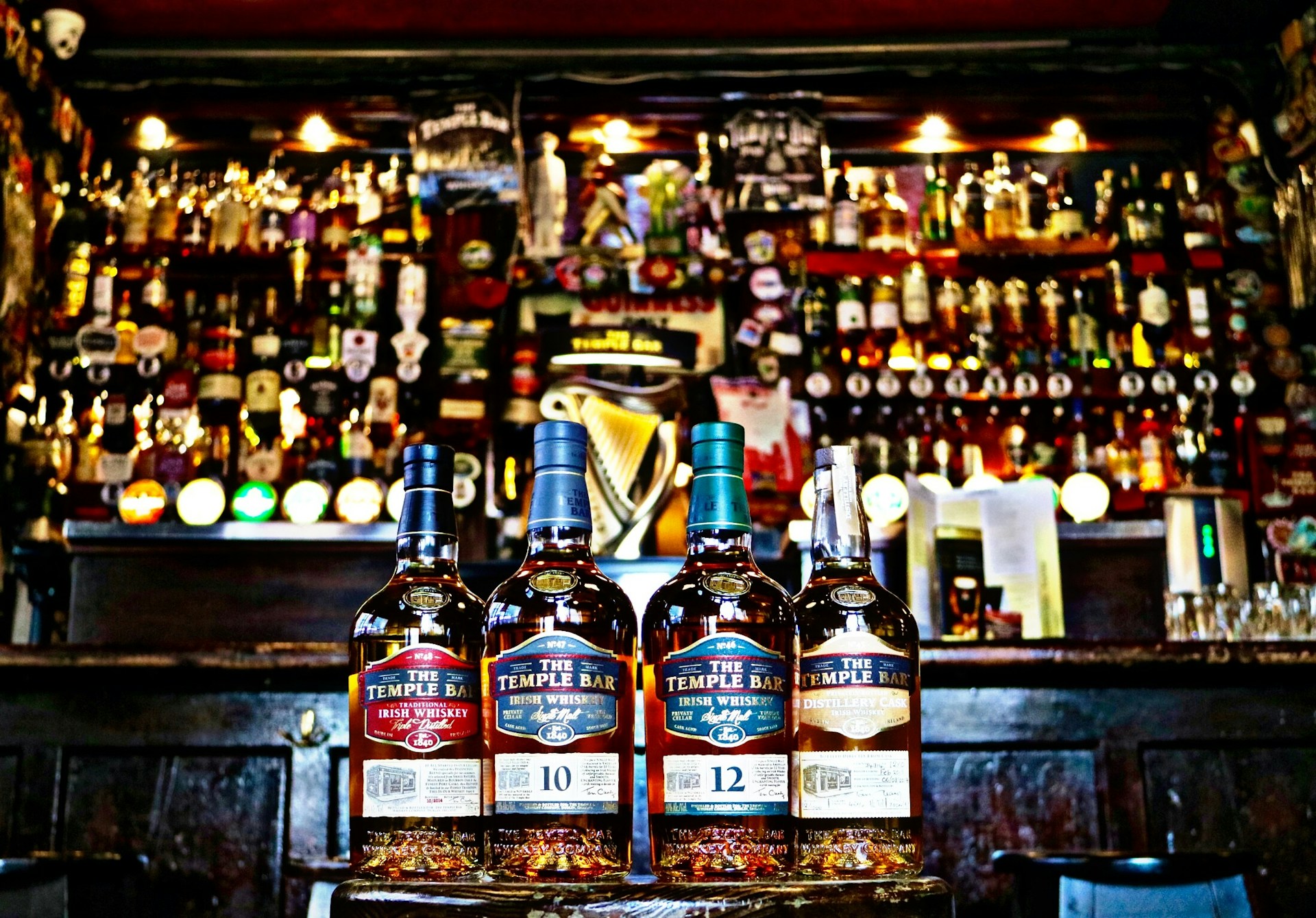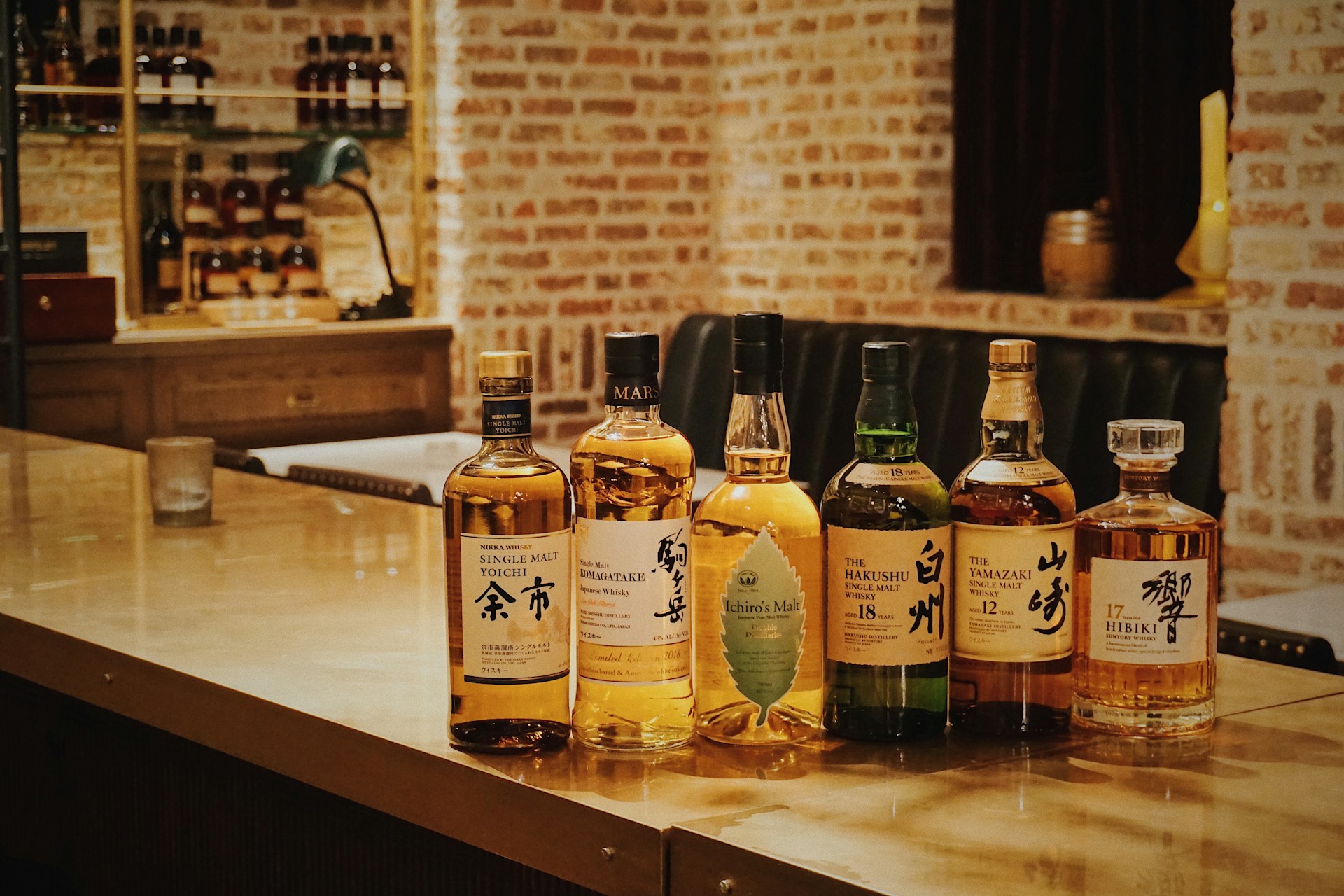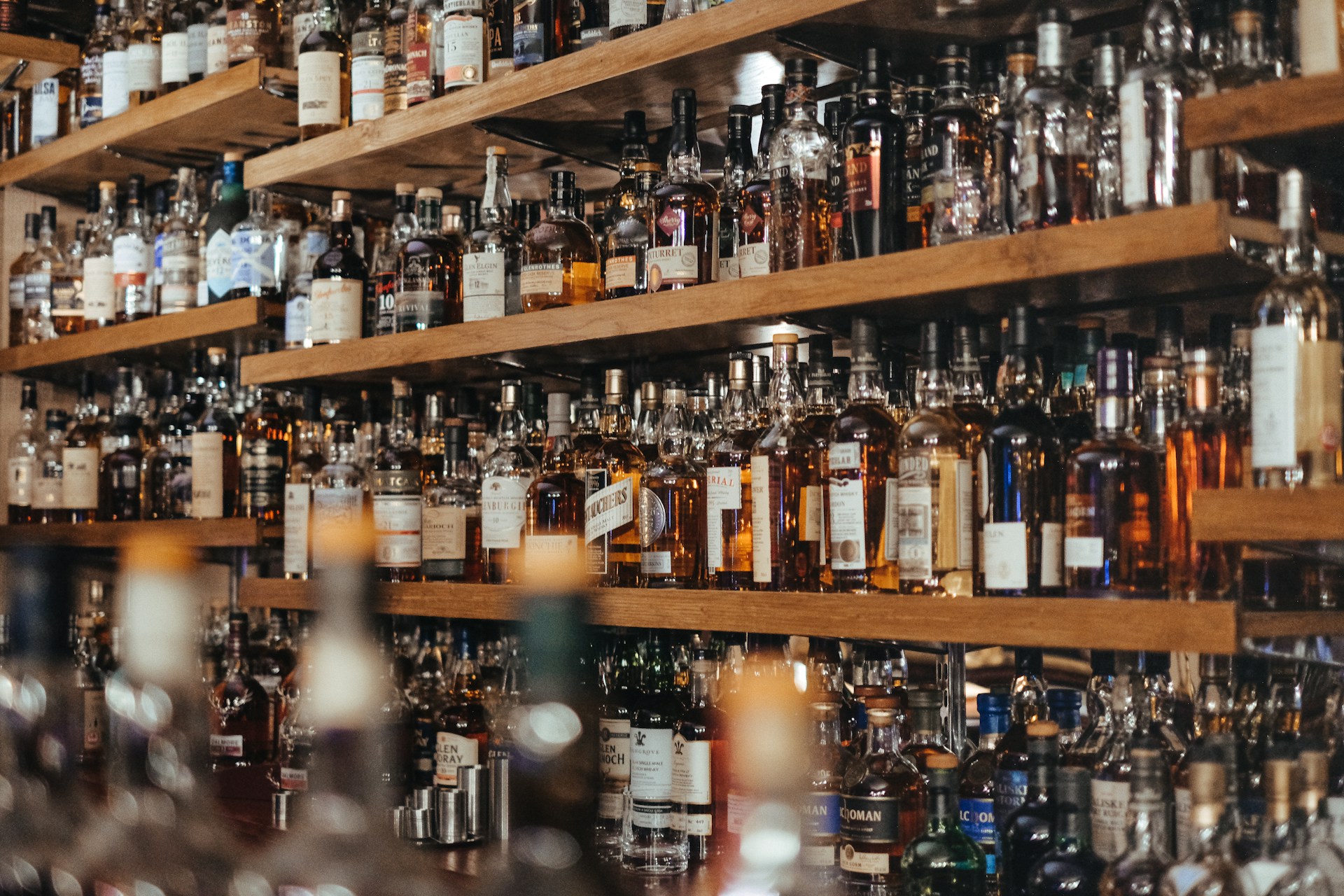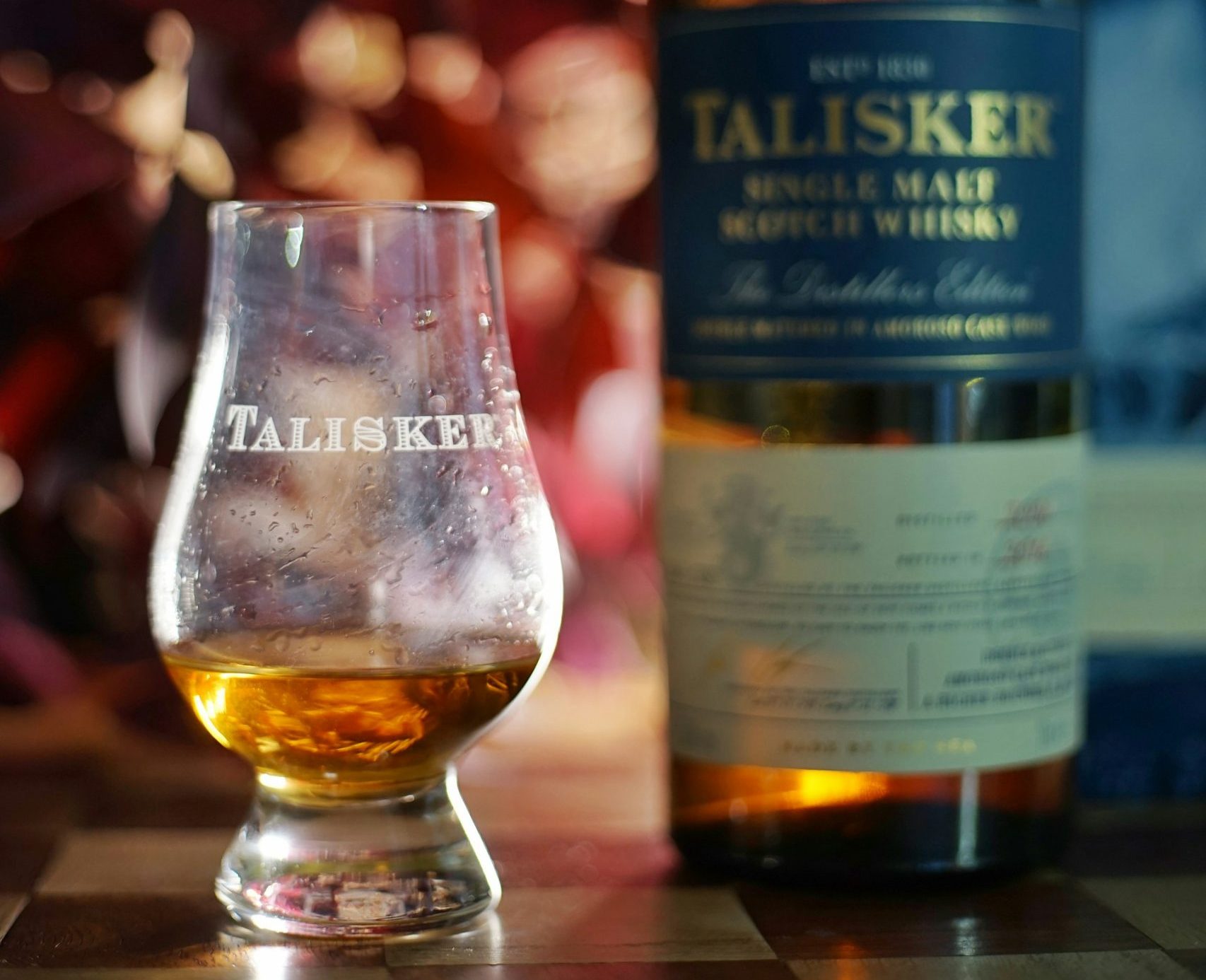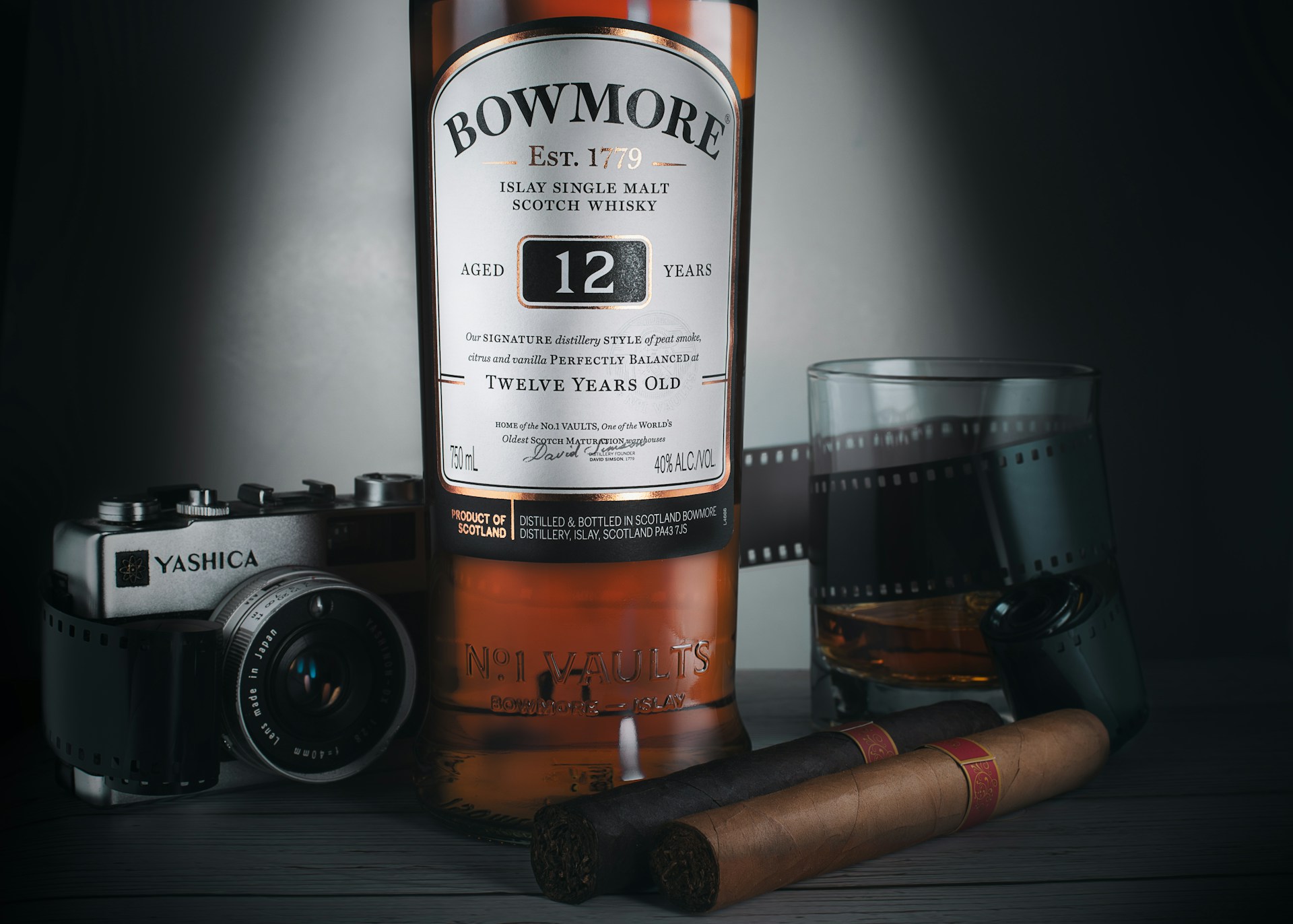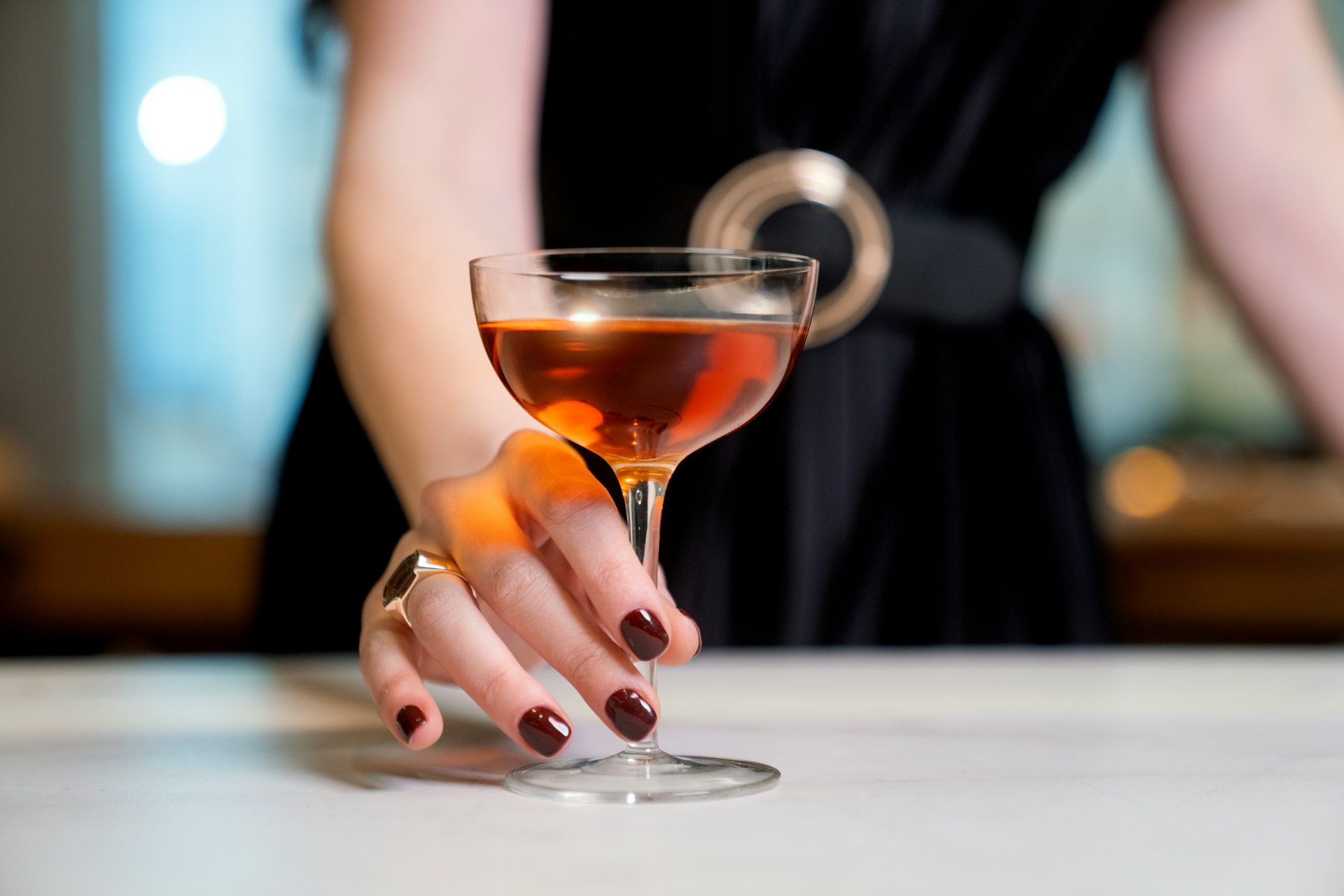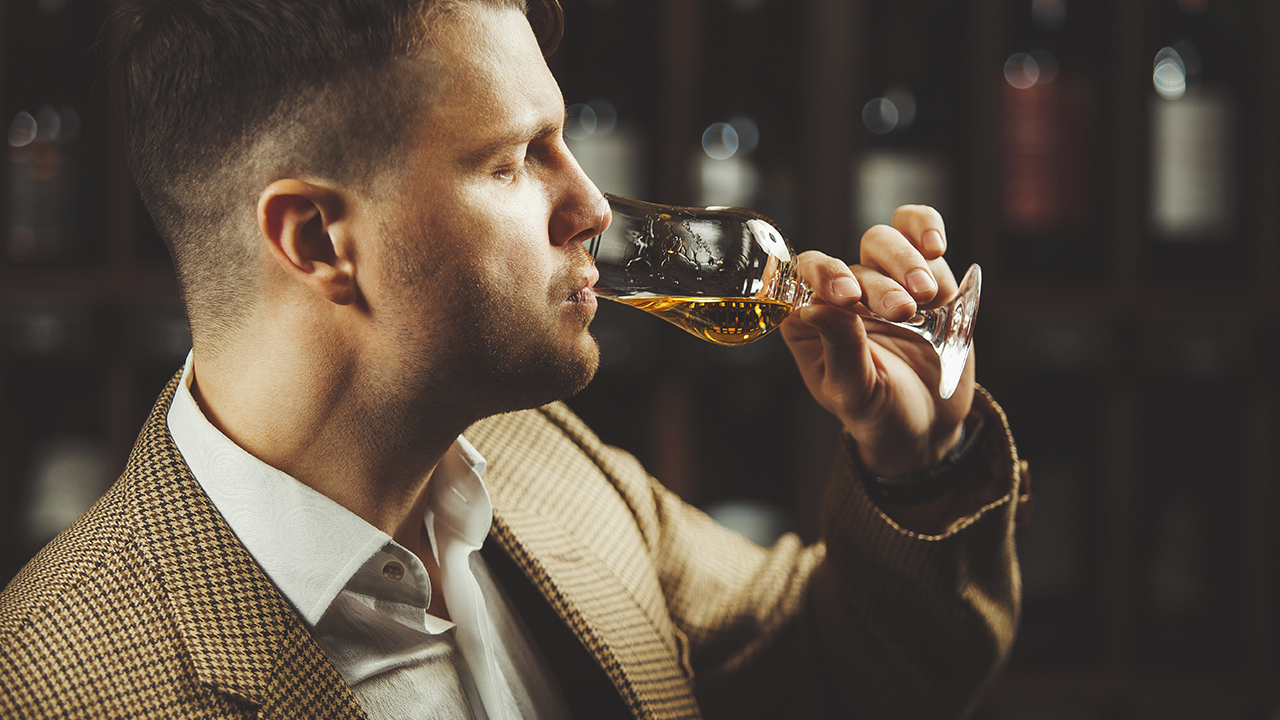How to Taste Whiskey Like a Pro: A Beginner’s Guide
As a whisky enthusiast and blogger, I’ve had my fair share of drams over the years. But I remember when I first started exploring the world of whisky, feeling a bit overwhelmed by all the flavors, aromas, and terminology. If you’re new to whisky and want to learn how to taste it like a pro, you’ve come to the right place. In this guide, I’ll walk you through the basics of whisky tasting, answer some common questions, and hopefully help you develop a deeper appreciation for this complex and fascinating spirit.
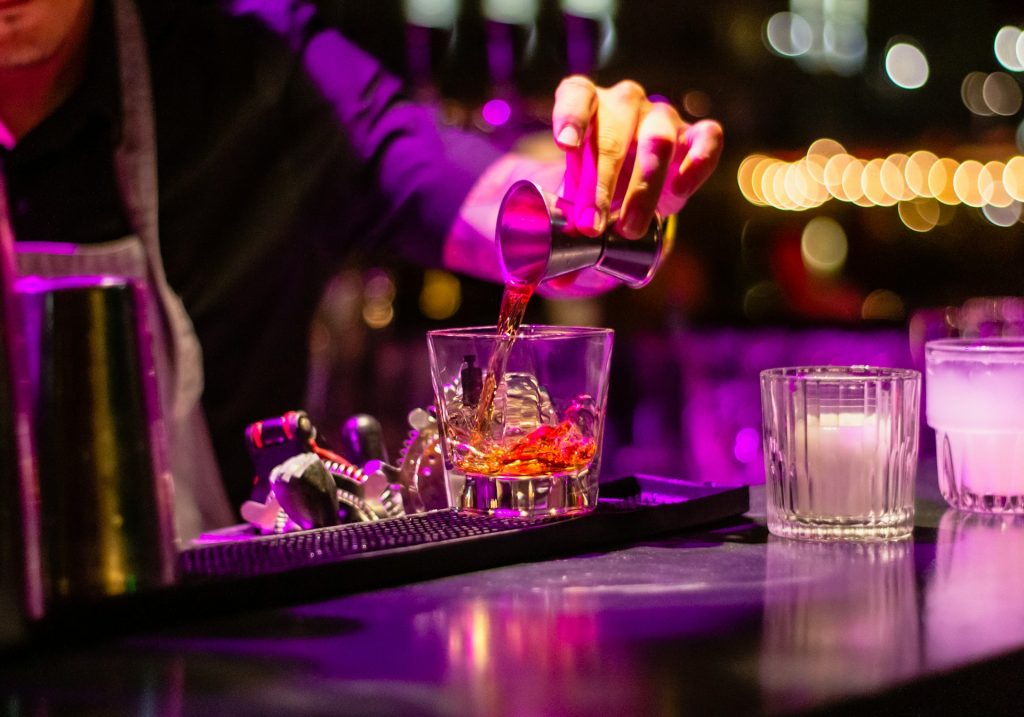
Understanding the Basics: Whisky, Whiskey, and Bourbon
Before we dive into tasting techniques, let’s clear up some common confusion about whisky terminology. You might have noticed that sometimes it’s spelled “whisky” and other times “whiskey.” Here’s a quick rundown:
- Whisky: This is the spelling typically used for Scottish, Canadian, and Japanese spirits.
- Whiskey: This spelling is more common for Irish and American varieties.
- Bourbon: This is a type of American whiskey made primarily from corn and aged in new charred oak barrels.
While there are some differences in production methods and regulations, they’re all part of the same family of spirits. For the purposes of this guide, we’ll use “whisky” as a catch-all term, but the tasting principles apply to all varieties.
The History of Whisky
Before we get into the nitty-gritty of tasting, let’s take a quick journey through whisky’s rich history. The origins of whisky can be traced back to medieval monks in both Ireland and Scotland. They called it “uisge beatha” in Gaelic, meaning “water of life.” Over time, this evolved into the word “whisky.”
In America, whiskey production took on its own character. The abundance of corn led to the development of bourbon, while rye whiskey became popular in the Northeast. Each region developed its own styles and traditions, contributing to the diverse world of whisky we enjoy today.
Setting the Stage for Your Tasting
Before you start sipping, it’s important to create the right environment for tasting. Here are a few tips:
- Choose the right glass: A tulip-shaped glass or Glencairn whisky glass is ideal. These glasses concentrate the aromas and direct them towards your nose.
- Serve at room temperature: Whisky is best tasted at room temperature, around 15-18°C (60-65°F). Avoid adding ice, as it can numb your taste buds and dilute the flavors.
- Clean your palate: Have a glass of water nearby to cleanse your palate between sips. Some people like to have plain crackers or bread as well.
- Avoid strong odors: Try to taste in a neutral-smelling environment. Strong perfumes, food odors, or even scented candles can interfere with your ability to smell the whisky properly.
- Lighting: Good, natural lighting helps you appreciate the whisky’s color and viscosity. If possible, taste during daylight hours or use neutral white lighting.
- Comfort: Ensure you’re comfortable and relaxed. Tasting is best done sitting down, with no distractions.
The Four Steps of Whisky Tasting
Now that we’ve set the stage, let’s go through the four main steps of whisky tasting: appearance, nose, palate, and finish.
1. Appearance
Hold your glass up to the light and take a good look at the whisky. What do you see?
- Color: The color can range from pale gold to deep amber or even reddish hues. Generally, darker whiskies have spent more time in the cask, but this isn’t always the case. Some distilleries use caramel coloring to maintain consistency across batches.
- Legs: Swirl the whisky gently and watch as it runs down the sides of the glass. These are called “legs” or “tears.” Thicker, slower legs often indicate a higher alcohol content or a more viscous whisky.
- Clarity: Most whiskies should be clear and bright. Any cloudiness might indicate that the whisky is non-chill filtered, which isn’t a bad thing – it’s just a different production method.
2. Nose (Aroma)
This is where things get interesting. Smelling your whisky is just as important as tasting it.
- First sniff: Start with your nose a bit away from the glass and gradually move closer. This helps you avoid the initial alcohol burn and pick up more subtle aromas.
- Multiple sniffs: Take several short sniffs rather than one long inhale. This helps you pick up different scents each time.
- What to look for: Try to identify different aromas. Common ones include vanilla, caramel, fruit, spices, smoke, and wood. Don’t worry if you can’t pick out specific scents at first – this skill develops with practice.
- The ‘Kentucky Chew’: This is a technique used by bourbon makers. Take a sip of whisky, swallow, then open your mouth and breathe in through it. This can help you pick up more subtle flavors.
3. Palate (Taste)
Now for the moment you’ve been waiting for – tasting the whisky.
- Small sip: Take a small sip and let it coat your entire mouth. Hold it for a few seconds before swallowing.
- Chew: Some tasters like to “chew” the whisky, moving it around their mouth to hit different taste buds.
- Flavors: Try to identify different flavors. Are they similar to what you smelled, or do you notice new ones?
- Mouthfeel: Pay attention to the texture. Is it smooth, oily, or drying?
- Retronasal olfaction: After swallowing, breathe out through your nose. This can help you pick up additional flavors.
4. Finish
The finish refers to the flavors and sensations that linger after you’ve swallowed the whisky.
- Length: How long do the flavors last? A long finish is often a sign of a complex whisky.
- Changing flavors: Notice if the flavors change or evolve over time.
- Heat: Pay attention to any warming sensation in your chest.
- Aftertaste: Some whiskies leave a pleasant aftertaste, while others might have a more bitter or tannic finish.
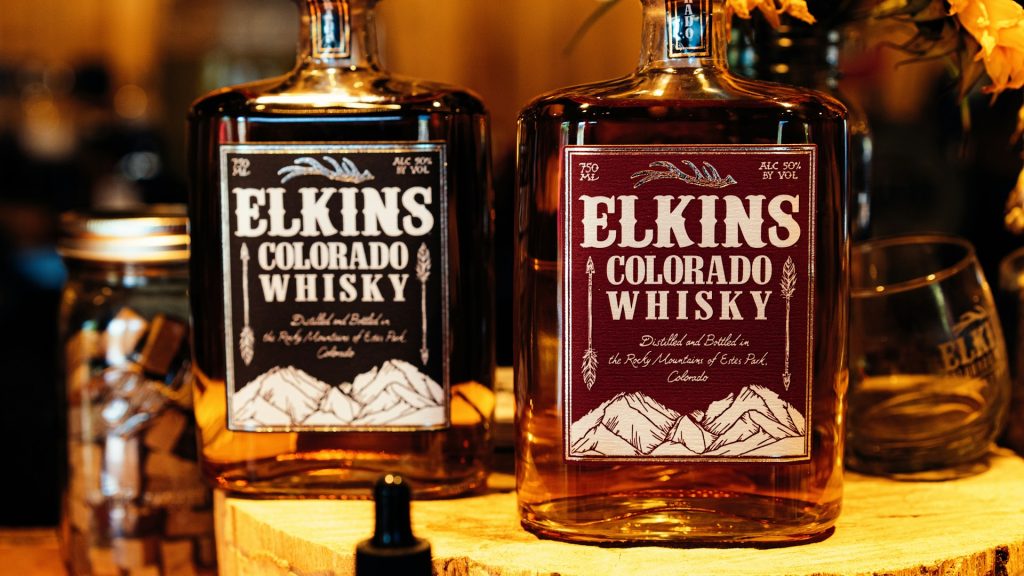
Developing Your Palate
Tasting whisky like a pro takes practice. Here are some tips to help you develop your palate:
- Take notes: Keep a tasting journal. Write down your impressions of each whisky you try. This helps you track your preferences and how your palate develops over time.
- Taste with others: Join a tasting group or attend whisky events. Discussing your impressions with others can help you pick up on flavors you might have missed.
- Try different styles: Don’t limit yourself to one type of whisky. Try Scotch, Irish whiskey, bourbon, and other world whiskies to broaden your palate.
- Experiment with water: Try adding a few drops of water to your whisky. This can help “open up” the flavors and aromas, especially in higher proof whiskies.
- Be patient: Developing your palate takes time. Don’t get discouraged if you can’t pick out specific flavors right away. The more you taste, the better you’ll get.
- Use a flavor wheel: Whisky flavor wheels can be helpful tools for beginners. They provide a visual representation of common whisky flavors and can help you put words to what you’re tasting.
- Try blind tastings: Once you’re more comfortable, try tasting whiskies blind (without knowing what they are). This can help you focus on the flavors without being influenced by brand or price.
Understanding Whisky Terminology
As you delve deeper into the world of whisky, you’ll encounter some specialized terminology. Here are a few key terms to know:
- Single Malt: A whisky made from malted barley at a single distillery.
- Blended: A mixture of different whiskies, often from multiple distilleries.
- Cask Strength: Whisky bottled directly from the cask without dilution.
- Peated: Whisky made with malted barley dried over peat fires, resulting in a smoky flavor.
- Age Statement: The number on the bottle indicating the age of the youngest whisky in the blend.
- Finish: Refers to additional aging in a different type of cask, e.g., “sherry finish.”
- ABV: Alcohol By Volume, the standard measure of alcohol content.
- Nose: The aroma or smell of the whisky.
- Dram: A measure of whisky, not formally defined but generally a small pour.
The Impact of Production on Flavor
Understanding how whisky is made can enhance your appreciation when tasting. Here are some key factors that influence a whisky’s flavor:
- Grains: The type of grain used (barley, corn, rye, wheat) significantly impacts the flavor.
- Water source: The water used in production can impart subtle flavors.
- Peat: The use of peat when drying the malted barley gives some whiskies their distinctive smoky flavor.
- Distillation: The shape of the stills and number of distillations affect the final product.
- Cask type: The type of wood and previous contents of the cask (e.g., sherry, bourbon) greatly influence the whisky’s flavor and color.
- Age: Generally, longer aging allows for more interaction with the wood, developing complex flavors.
- Climate: The temperature and humidity where the whisky is aged affect how it interacts with the cask.
Pairing Whisky With Food
While whisky is often enjoyed on its own, pairing it with food can enhance both the spirit and the meal. Here are some general guidelines:
- Light, floral whiskies: Pair well with seafood or light cheeses.
- Rich, sherried whiskies: Complement dark chocolate or dried fruits.
- Peated whiskies: Stand up well to strong, savory flavors like blue cheese or smoked meats.
- Bourbon: Works great with barbecue or sweet desserts.
Remember, these are just suggestions. The best pairings are the ones you enjoy, so don’t be afraid to experiment.
Whisky Cocktails: A Gateway to Appreciation
While purists might insist on drinking whisky neat, cocktails can be a great way for beginners to start appreciating whisky’s complex flavors. Here are a few classic whisky cocktails to try:
- Old Fashioned: A simple mix of whiskey, sugar, bitters, and a citrus peel.
- Whisky Sour: Whisky shaken with lemon juice and sugar, sometimes with egg white.
- Manhattan: Whiskey, sweet vermouth, and bitters, garnished with a cherry.
- Mint Julep: Bourbon, sugar, and mint, popular at the Kentucky Derby.
- Penicillin: A modern classic made with blended Scotch, lemon juice, honey-ginger syrup, and a float of peated Scotch.
These cocktails can help you identify different flavor notes in whisky and how they interact with other ingredients.
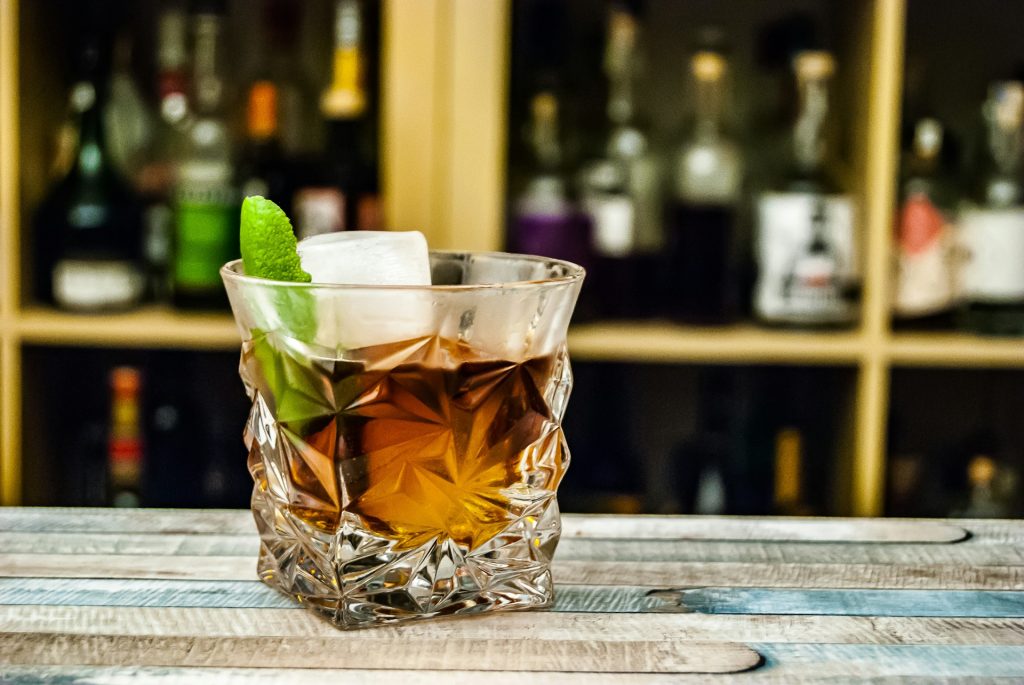
FAQ:
1. What type of glass should I use for whiskey tasting?
A tulip-shaped glass, like a Glencairn, is ideal. Its shape concentrates aromas at the rim, enhancing your nosing experience. A standard rocks glass works too, but you might miss out on some of the subtler aromas.
2. Should I add water when tasting whiskey?
It’s good to try the whiskey both neat and with a few drops of water. Water can open up new flavors and aromas. Start neat, then add a few drops and see how it changes.
3. What’s the proper way to taste the whiskey?
Take a small sip and let it coat your entire mouth before swallowing. Try to identify different flavors on different parts of your tongue. After swallowing, pay attention to the finish – how long the flavors linger and how they change.
4. Should I cleanse my palate between different whiskeys?
Yes, it’s a good idea. Room temperature water works well. Some tasters use plain crackers or bread. Avoid strongly flavored foods that might interfere with your next taste.
5. How can I develop my ability to identify different flavors in whiskey?
Practice is key. Try keeping a tasting journal to track your experiences. Familiarize yourself with common whiskey tasting notes by smelling real fruits, spices, and other aromatics. Don’t worry if you don’t get the same notes as others – everyone’s palate is different.
6. Is there a specific order I should follow when tasting multiple whiskeys?
Generally, start with lighter whiskeys and move to fuller-bodied ones. Lower proof before higher proof, unpeated before peated. This helps prevent stronger flavors from overwhelming your palate early on.
Conclusion
Well, there you have it – my guide to tasting whisky like a pro. But here’s the thing: even after years of sipping and savoring, I’m still learning new tricks. That’s the beauty of whisky – it’s a never-ending adventure for your senses.
Remember, becoming a “pro” at whisky tasting isn’t about impressing others with fancy terms or detecting obscure flavors. It’s about developing your own palate and, most importantly, enjoying the experience. The key is to stay curious and keep exploring.


